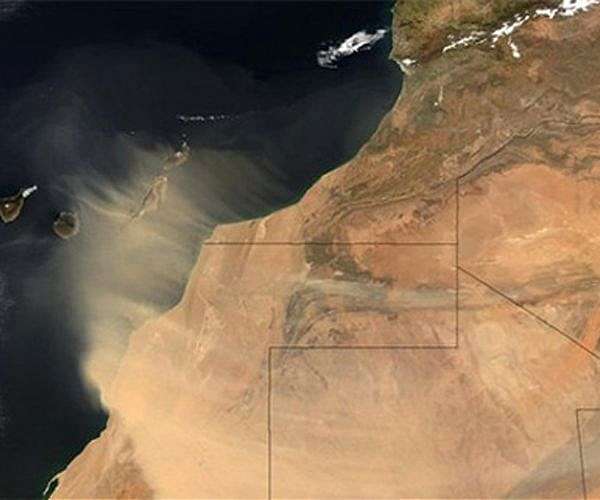Saharan dust clouds are a growing risk for solar energy stability throughout Europe
Since Europe is increasingly dependent on solar energy to achieve climate and energy independence goals, a persistent atmospheric issue of uncertainty is to the comparison: Saharan -material. Research presented on the European Geosciences Union General Meeting (EGU25) emphasizes how Windborne Mineral Dust from Noord -Africa has a significant influence on photovoltaic (PV) energy generation and complicating prediction models.
Dr. Gyorgy Varga and a team of researchers from Hungarian and other European institutions investigated data from more than 46 Saharan events that were registered between 2019 and 2023. Their findings cover both Central Europe, including Hungary, and South European countries such as Portugal, Spain, France, Italy and Greece. The researchers discovered that these dust intrusions disrupt the accuracy of conventional PV output prognoses, which are often dependent on fixed aerosol assumptions and do not respond dynamically to real-time atmospheric changes.
Every year the Sahara bumps billions of tons of fine dust in the air, with tens of millions of tons that reach Europe. These particles reduce the irradiation at the surface level by scattering and absorbing sunlight at surface level and by increasing the cloud formation, reducing the PV efficiency. According to the study, the current prediction systems lack the sensitivity to cope with these temporary events.
To improve predictive reliability, the researchers argue for the inclusion of real-time dust measurements and aerosol-cloud interaction data in solar prediction models. “There is a growing need for dynamic prediction methods that take into account both meteorological and mineralogical factors,” says VARGA. “Without them, the risk of underperformance and grid instability will only grow if solar energy becomes a larger part of our energy mix.”
The study also highlights physical breakdown problems caused by dust, such as contamination and surface erosion of solar panels. These effects can reduce long -term efficiency and increase maintenance needs. The research is part of broader European and Hungarian initiatives to improve the adaptability of the climate and to optimize renewable energy systems, with the support of the National Research, Development and Innovation Office (FK138692), the Hungarian Academy for Sciences Laboratory.
Research report:The Shadow of the Wind: photovoltaic power generation under the dusty skies of Europe

